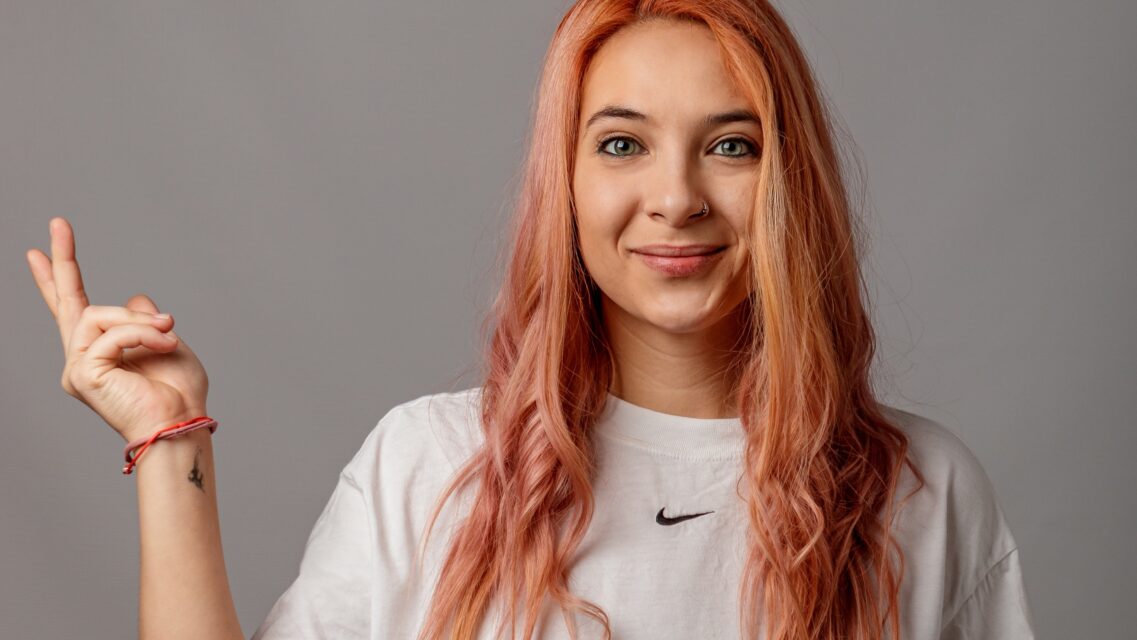At 28 (and 24 month:-) Ina leads Kashu, an all-women animation studio based in Bulgaria, and commands a dedicated community of 85,000 followers. Her journey from Bulgaria's first vlogger to Forbes 30 Under 30 honoree reveals how authenticity and creative problem-solving are reshaping the future of brand storytelling.
I had the pleasure of meeting Ina in her vibrant Plovdiv studio, where creativity flows as freely as the Bulgarian coffee she serves to clients and collaborators alike. Surrounded by colorful sketches, animation frames scattered across multiple monitors, and the quiet hum of her all-women team deep in creative work, it's immediately clear that this isn't your typical corporate environment. At just 28, Ina has built something remarkable—not just a successful animation studio that serves international clients, but a genuine community that spans continents and connects thousands of creative professionals who might otherwise work in isolation.
What strikes you most about Ina isn't her Forbes recognition or her impressive follower count, but her uncompromising authenticity in an industry that often demands conformity. She speaks with the same direct honesty that first captivated viewers when she accidentally became Bulgaria's pioneering vlogger over a decade ago. As we settle into worn leather chairs in her studio's corner meeting space, surrounded by the organized chaos of ongoing projects, it becomes evident why 85,000 animators and creative professionals have chosen to follow her journey—and why major brands are increasingly turning to animation to cut through the digital noise.
The Accidental Beginning
Ina's path to becoming a creative entrepreneur started with a simple coincidence. "When I started as a vlogger, I didn't have any goal of becoming a vlogger," she recalls. "Actually, it's interesting because this word didn't exist in Bulgarian. Nobody would say vlogger. They were bloggers and that was it."
The term "vlogger" was so new that Ina didn't even realize what she was creating. "I didn't even know I was doing vlogs. I didn't know what I was doing. It was just uploading videos to YouTube, doing dumb stuff with friends and people connected."
Everything changed overnight when another Bulgarian content creator, who was based outside the country, featured Ina in one of her videos. "I had like five followers. One was my mom, my cousin and my friend. I wake up one morning and I have 3,000 followers on YouTube and I'm like, 'What the fuck is going on?'"
That moment of viral recognition sparked something deeper. "I got inspired because people were interested in what I was saying. So I continued. It was never a thing that I was searching for. It came naturally. I was just very authentic."
Building a Niche Creative Community
What makes Ina's community remarkable isn't just its size—it's its specificity. These aren't casual followers; they're 85,000 animators and creative professionals who form a tight-knit professional network.
"Some people in the community are not necessarily creative people or even interested so much about animation, although a big portion of them are, but they are just interested to learn more," Ina explains. "Even like 10 years after I stopped vlogging, people just resonate."
This connection creates a sense of responsibility that goes beyond typical influencer relationships. "I sometimes even feel a bit obligated not to let anyone down because I feel like they text me sometimes, 'I like what you do and I'm going to follow what you're doing and I'm going to join the community.'"
The secret to maintaining this community lies in treating it like a friendship rather than an audience. "The way I do it, it's just very... just as if I'm texting a friend," she says. When she finds a free animation template online, she immediately shares it with her community with a simple message: "Hey, I animated this. I can use it because I have this interaction with the client. He allows me. Take this template. Just animate it."
For Ina, the community serves a deeper purpose than professional networking—it provides connection with people who truly understand her work. "What we do here is a very niche thing. It's not something you can just talk to even your friends about because they don't know these things. It's very specific."
This need for understanding drives her engagement. "My work is, I'll say, 80% of my life. I'm very driven by what I do and I want to have a connection with someone who knows what a transition is and how to create a frame-by-frame animation. The community is so important to me because they get me."
Animation as the Future of Marketing
Ina sees animation as uniquely positioned to address the challenges facing modern brands. "One thing about animation is that you can be as creative as you want. The only limit really is your imagination," she explains.
"Unlike traditional video content, animation offers brands a more authentic way to communicate. It provides creative flexibility and can communicate messages in a very subtle way, allowing for unique storytelling approaches that might be difficult to achieve with live-action footage."
The key differentiator is storytelling. "With animation, it's about storytelling. You need to be telling a story. Otherwise you don't need animation. And if you are able to connect with someone with a story, it creates a deeper connection between you and the person watching."
This storytelling approach has practical implications for business relationships. "It was never about money. It was never about selling something to the community. It was about creating the connection. And the sales, they just naturally happen. Like when somebody trusts you and you're not bombarding them with ads."
In our increasingly digital world, where people observe reality through smartphone screens and social media apps, animation offers something unique: a connection to childhood wonder. "What I love about animation is it connects you to your inner child," Ina notes. "Most times there is a little bit of nostalgia, even because you just chose this format of animation rather than any other form of storytelling."
This emotional resonance makes animation particularly powerful for complex communication. "Even the most complex messages can be translated in a very straightforward and easy way for someone to understand. You just show it rather than tell it. It's much more powerful than 'I told you so.'"
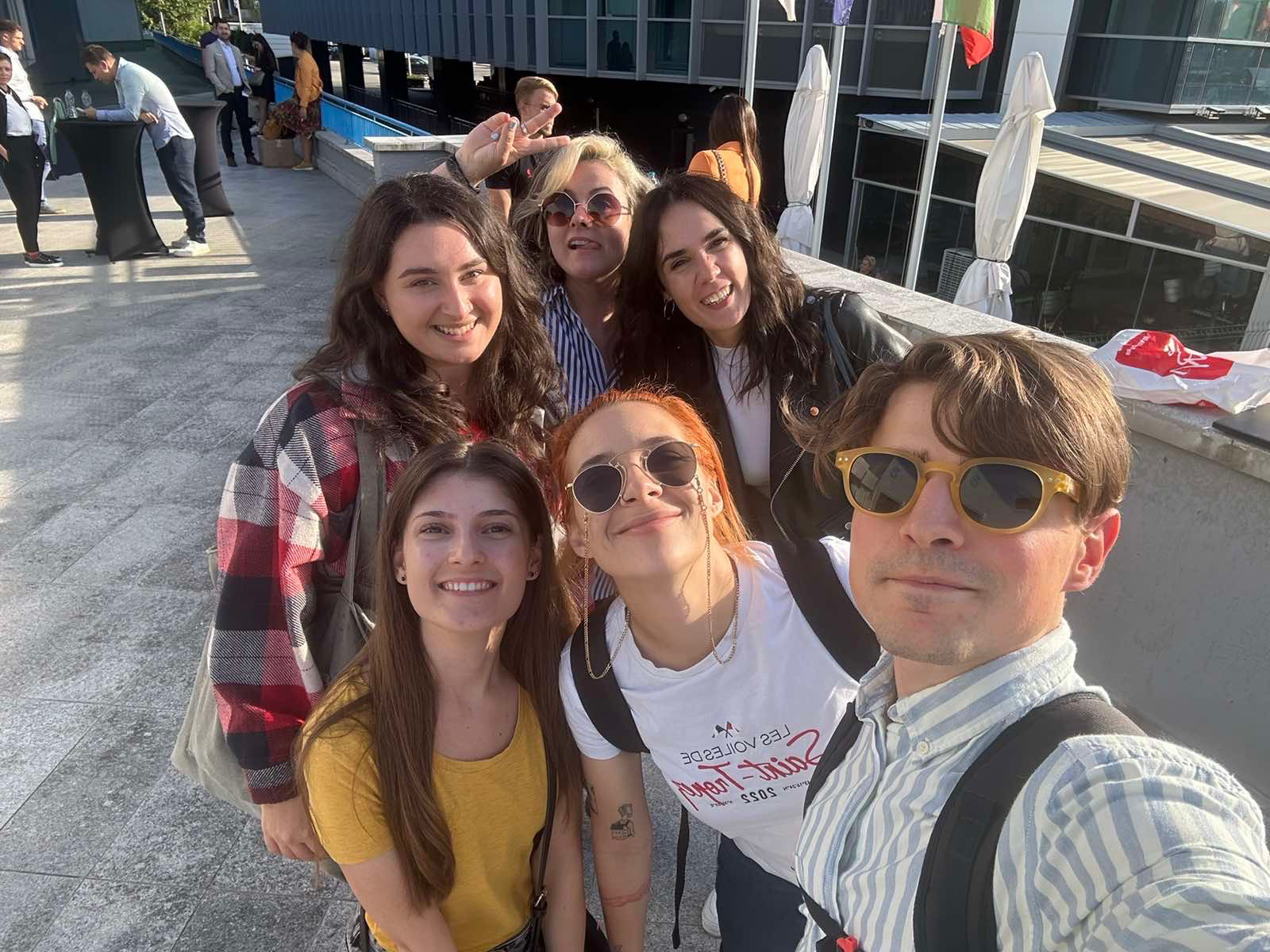
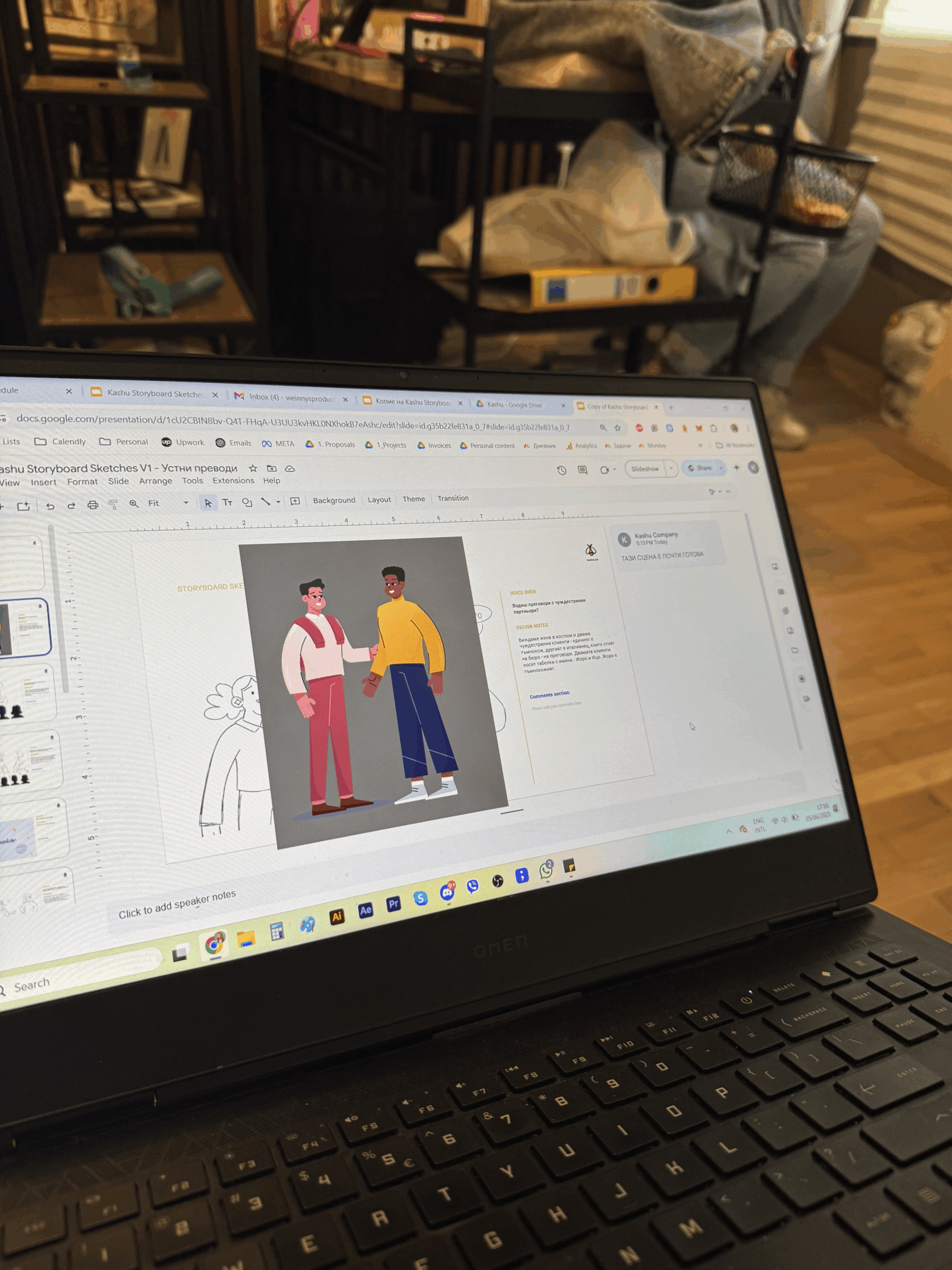
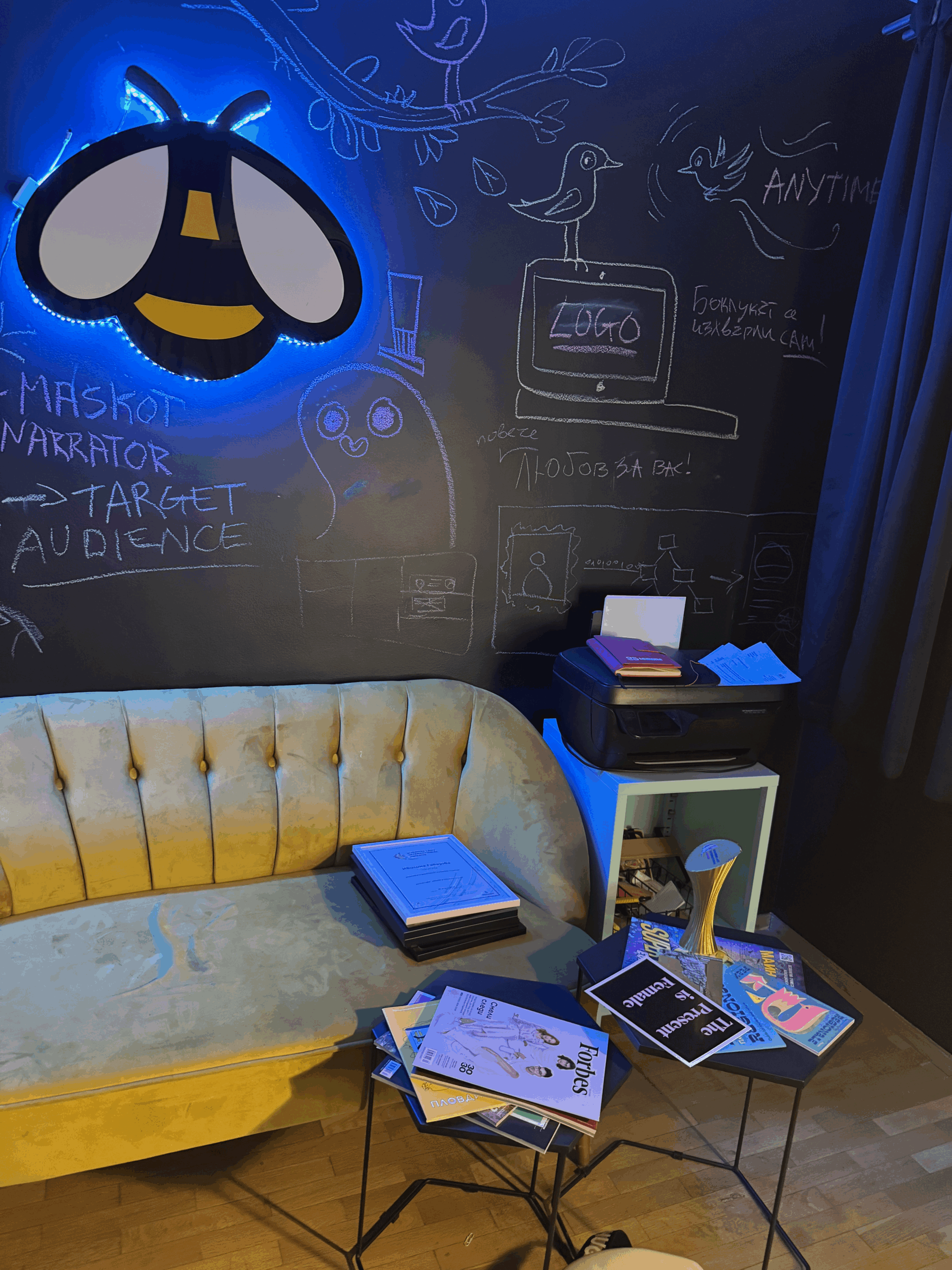
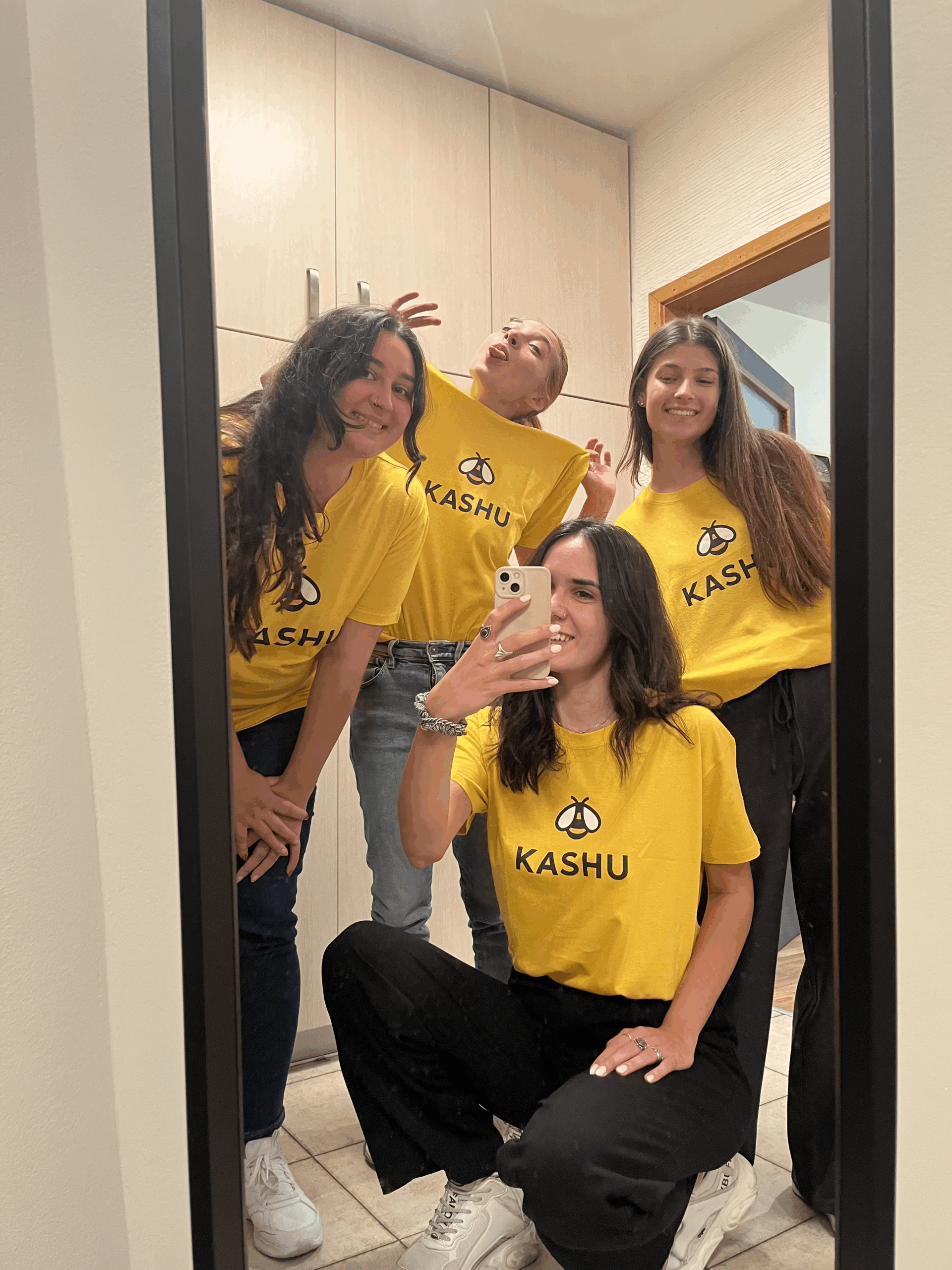
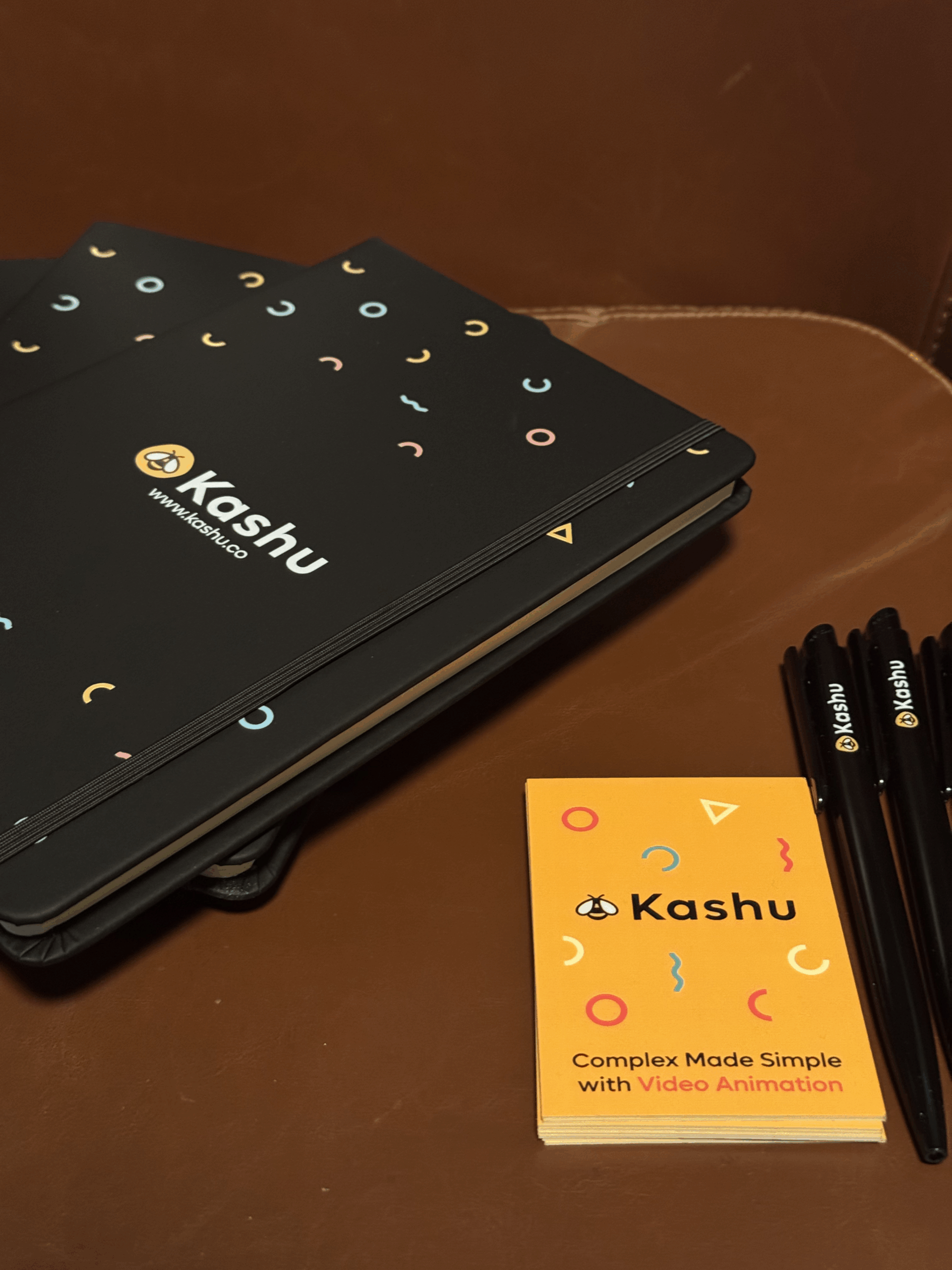
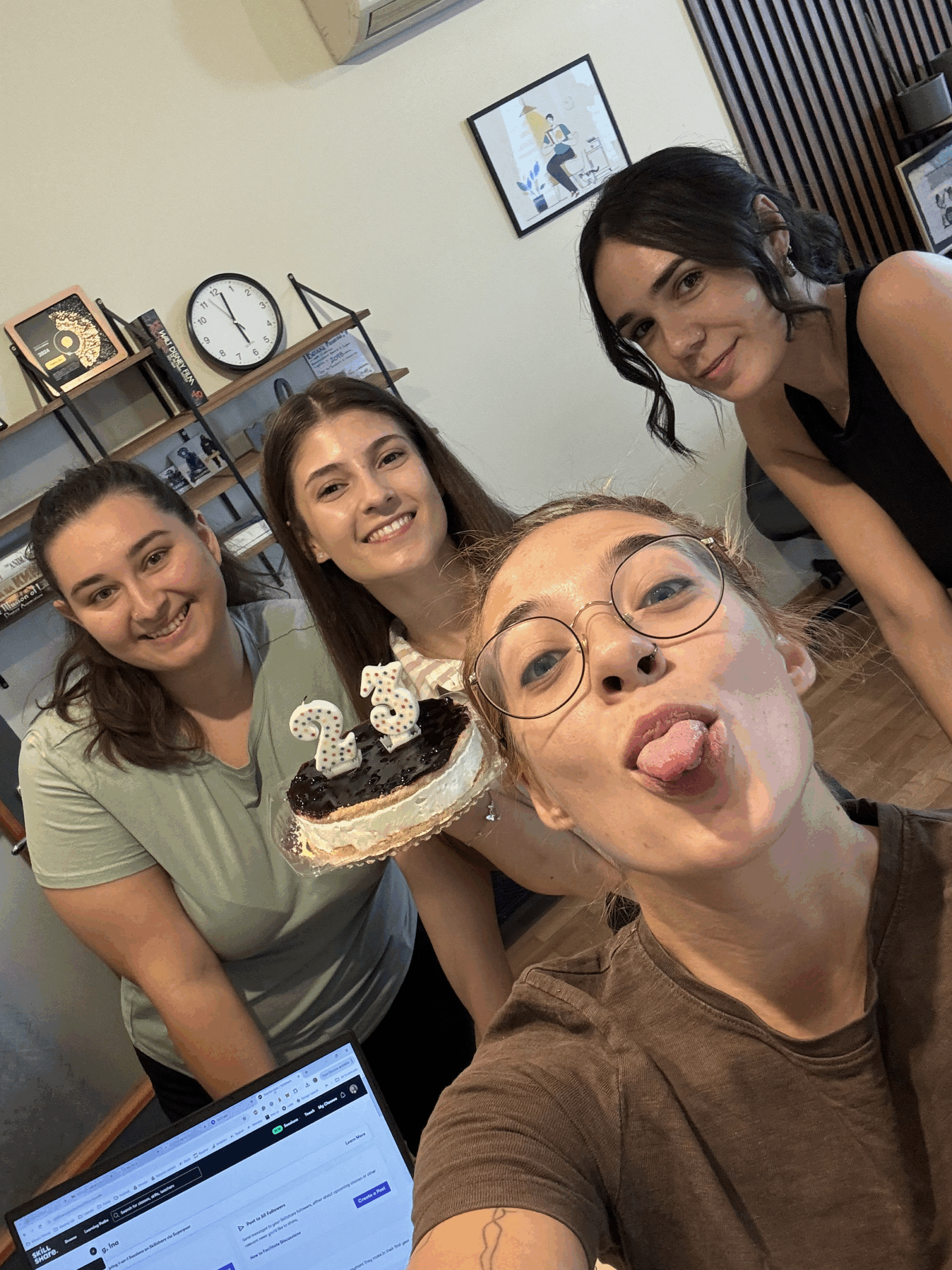
Navigating AI and Staying Human
As artificial intelligence transforms creative industries, Ina maintains a pragmatic perspective. "I definitely see AI as a friend, not as a threat," she says. "Right now it really helps us come up with concepts. It's like just another brain and another creative in the studio who can suggest some ideas."
However, she emphasizes the irreplaceable human elements of animation work. "There is a lot of creative problem solving in our job that needs to be handmade. We need to create five different sketches to figure out what we want to do and how we want to tell this message."
The collaborative nature of custom animation work requires skills that AI cannot replicate. "Sometimes I need five calls to understand what clients want. It's a bunch of questions. Even the way you speak to the client, what questions you're asking, because sometimes they're also confused about what their main message is."
Maintaining Authenticity in Business
Despite recognition including Forbes 30 Under 30, Ina has maintained her authentic approach to business. She dresses casually in her office and refuses to compromise her values for client relationships.
"I try to accommodate, but there is just a certain limit that I won't cross," she explains. When clients expect her to change her professional style or values, her approach is clear: "These people are not people I find interesting and people who I'd like to work with."
This authenticity extends to client selection. "During even the initial communication with the client, we are trying to see if we are good fit before we even start. If they are taking forever to reply or don't take what we do seriously, we just slowly refer them to someone else."
Her philosophy is straightforward: "However you start the conversation, it's how you end the conversation. Very rarely you start with someone who is irresponsible and then suddenly they turn out to be an amazing client."
The Strategic Advantage of Animation
In today's hybrid reality, where most people experience the world through digital screens and social media platforms, animation provides brands with unique advantages. Unlike physical products with fixed production costs, digital animations can be scaled infinitely once created. "The economy of digital artifacts is fundamentally different than the economy of physical artifacts," Ina observes.
This scalability, combined with animation's emotional impact, creates unprecedented opportunities for brand engagement. When done correctly, animation doesn't just communicate information—it creates lasting emotional connections that drive business results.
As animation continues to evolve as a marketing tool, Ina sees endless possibilities for brands willing to embrace storytelling. In a world where AI and technology are making many services commoditized, companies need powerful stories to differentiate themselves.
"Every company needs to have a powerful story to tell, because otherwise with AI and everything happening these days, they just blend with everybody else," she reflects.
For Ina and Kashu, the focus remains on helping companies communicate complex messages in simple, effective ways while building genuine connections with their audiences. It's an approach that started with an accidental viral moment and has grown into a thriving business built on authenticity, creativity, and the simple power of treating your community like friends.
Through her journey from Bulgaria's first vlogger to successful entrepreneur, Ina demonstrates that in an increasingly digital world, the most powerful tool remains fundamentally human: the ability to tell stories that connect with people's emotions and experiences.
To learn more about Ina head to her linkedin or her visit Kashu

